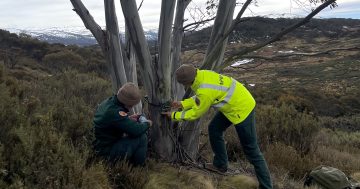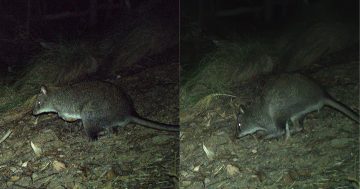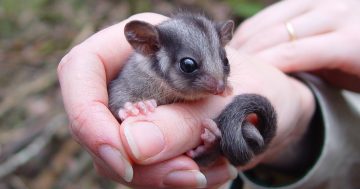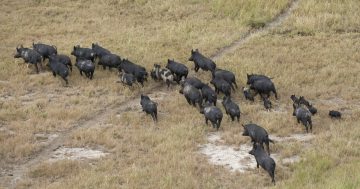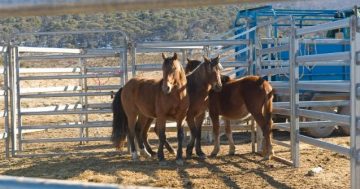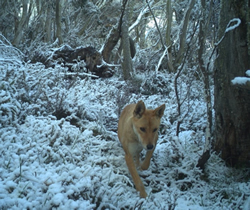 A world-leading program to report on the health of NSW national parks is underway with the National Parks and Wildlife Service (NPWS) to set up more than 600 surveillance sites across eight national parks.
A world-leading program to report on the health of NSW national parks is underway with the National Parks and Wildlife Service (NPWS) to set up more than 600 surveillance sites across eight national parks.
Welcoming the program, Minister for Environment, James Griffin said it was the largest ever systematic survey for the State’s national park estate and one of the biggest in the world.
“What we don’t know, we can’t protect, and by monitoring the health of our national parks through new animal camera traps, acoustic monitoring and vegetation surveys, we’ll be able to paint an even clearer picture to better protect these critical habitats,” Mr Griffin said.
“Targeted surveys will be carried out at each of the national park areas to monitor threatened species, such as koalas, powerful owls and Wollemi pines,” he said.
“A different set of surveys will track populations of feral animals and weeds and generate fire management metrics.”
Mr Griffin said surveys were already underway in Kosciuszko and Royal National Parks, with camera traps generating a wealth of data and showcasing the diversity of wildlife.
He said that initially 30 per cent of the national park estate would be monitored, including the Blue Mountains World Heritage Area, Macquarie Marshes, Myall Lakes, the Pilliga, part of the Gondwana Rainforests World Heritage Area, Kosciuszko and Royal National Park.
“The surveillance network alone will involve more than 2,400 camera traps, 1,200 acoustic devices and 1,200 bird surveys,” the Minister said.
“Vegetation surveys and soil samples will provide additional data on the health of park habitats.”
Mr Griffin said results of the program would be publicly available through NPWS’s National Park Scorecards and would provide a rich, data-based picture of the health of NSW national parks.
“Over time, the scorecards will mean everyone can track the health of their favourite national park, with annual updates on whether biodiversity is improving and whether feral animals and weeds are decreasing,” he said.


